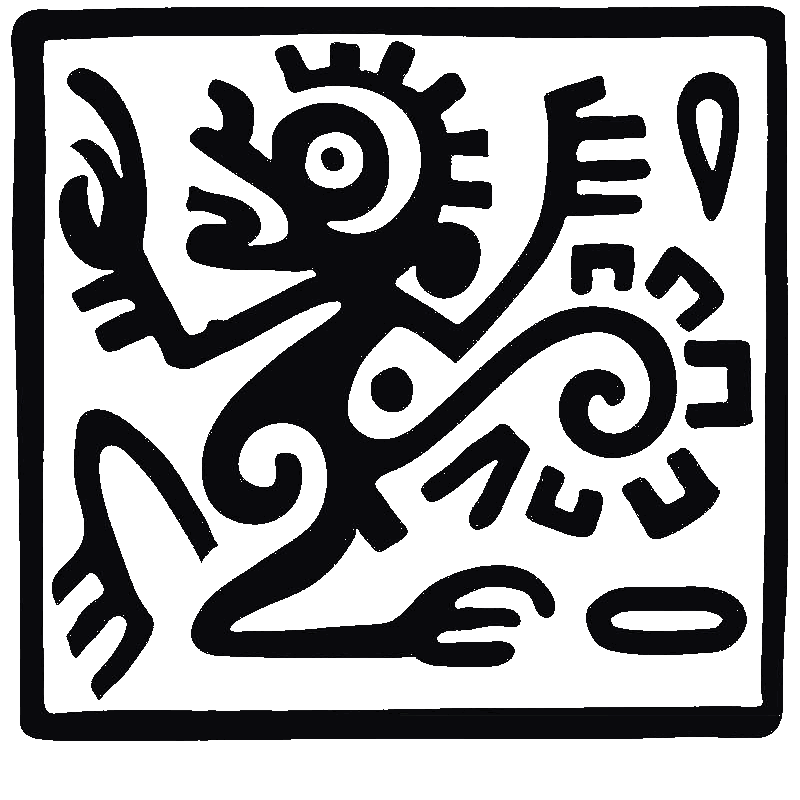Paradoxia epidemica

Paradoxia epidemica

■人類の特殊性
「要約すれば、われわれは文化を通して完成する、不 完全ないしは未完成な動物である。しかも文化一般ではなく、たとえばドブ島民とかジャワ人、ホピ族とか イタリア人、上流階級とか下層階級、知識人とか商人などのように、きわめて特殊な文化の形態を通して完成するのである。人間の偉大なる学習能力や柔軟性は しばしば指摘されてきたが、より重要なのは、人間が、概念の獲得や、特定の象徴的意味体系の享受と適用という、一種の学習に極度に依存している点である。 ビーバーは堰を作り、鳥は巣を作り、蜂は食物のありかを見づけ、ヒヒは社会集団を構成し、ネズミは、遺伝子にコード化され、外的刺激の適正パターンに喚起 された指示にきわめて左右される学習形態を基礎に交尾する。つまり有機体の錠に物理的な鍵が差し込まれるわけである。しかし人聞が堰や小屋を作り、食物の ありかを見づけ、社会集団を組織し、セックスのパートナーを選ぶのは、作業工程図(フローチャート)や青写真にコード化された指示、狩猟の知識、道徳体 系、美的評価に従って行なっている。つまり概念的構造が無形の能力を形づくるのである。」(pp.84-85)
"We are, in sum, incomplete or unfinished animals who complete or finish ourselves through culture-and not through culture in general but through highly particular forms of it: Dobuan and Javanese, Hopi and Italian, upper-class and lower-class, academic and commercial. Man's great capacity for learning, his plasticity, has often been remarked, but what is even more critical is his extreme dependence upon a certain sort of learning: the attainment of concepts, the apprehension and application of specific systems of symbolic meaning. Beavers build dams, birds build nests, bees locate food, baboons organize social groups, and mice mate on the basis of forms of learning that rest predominantly on the instructions encoded in their genes and evoked by appropriate patterns of external stimuli: physical keys inserted into organic locks. But men build dams or shelters, locate food, organize their social groups, or find sexual partners under the guidance of instructions encoded in flow charts and blueprints, hunting lore, moral systems and aesthetic judgments: conceptual structures molding formless talents."
出典:ギアーツ「文化の解釈」Geertz,
The impact of Culture on the Concet of Man, 1973, p.49 from, The
Interpretations of Culutre: Selected Essays.
リンク
文献
その他の情報
Do not paste, but [re]think this message for all undergraduate students!!!